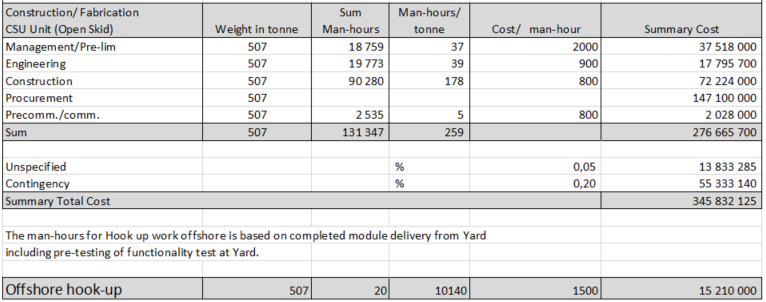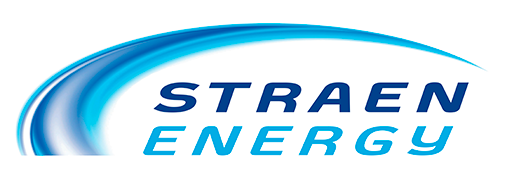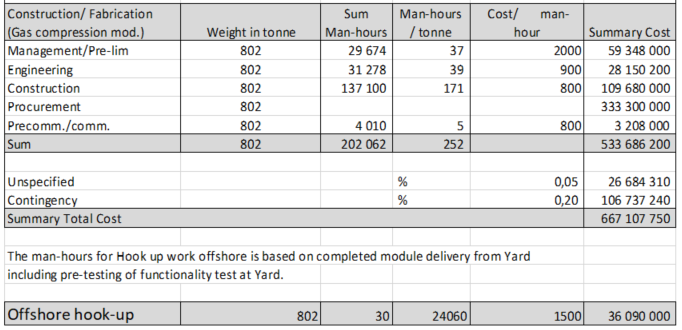Feasibility study
In July – September 2019, a feasibility study was conducted with the objective to:
- Build a base case model to prove the concept
- Verify the feasibility and operation of the Compact Gas and Separation Unit (CSU) for the Client’s design basis
- Energy optimization by approaching Isothermal Compression
- Selection of a motive fluid aiming at minimum water content in export gas in combination with traditional gas drying
- Regeneration of motive fluid if necessary
- Evaluate methods for removing gas from 3rd stage separator to achieve stabilized oil
- Identify bottlenecks and constrains.
- Platform concept to be chosen as an unmanned production installation
- Perform size, weight and cost comparisons between Compact gas compressor systems and the CSU
- Discussion of options to reduce energy consumption
Methods and Tools
All Dynamic Simulations are performed by K-Spice and in combination with a steady state.
K-Spice by Kongsberg is a dynamic process simulation solution designed for detailed simulation of oil and gas processes and control systems throughout the whole life cycle. The simulator combines improved features for system management, thermodynamics, and numerical solvers with flexible and intuitive graphical user interface.
K-Spice is designed to support all project and operational phases for a production facility.

Design basis for the study was:
- Oil production rate: 5000 Sm3/d
- Gas production rate: 1.5 M Sm3/d
- Produced water: 3000 Sm3/d
- Well head pressure: 75 bar(g), 96 degree C,
- Discharge gas pressure: 200 bars
Based on directives from the operator, the gas had to be dried at a pressure below 160 bars.

The study has focused on water alternatives as motive fluids for the gas compression (e.g. glycols) and cooling to achieve isothermal compression in order to reduce the power consumption compared to traditional compressor technology. Glycols will absorb the water content in the gasses during the CCV filling by partly drying the gas before and during the compression.
Size, weight and cost comparisons between Compact gas compressor systems and the CSU
Cost and weight estimate for the CSU system is based on B Class estimate, and includes a complete installed CSU package in a module weighting 170 tons.

The estimates are based on factorized weight distribution from as built weight reports of compressor platforms on the Norwegian Shelf correlated for received vendor information of equipment, bulk and open structural skid
Summary: Compact Centrifugal Compression Unit
Summary: CSU Unit


